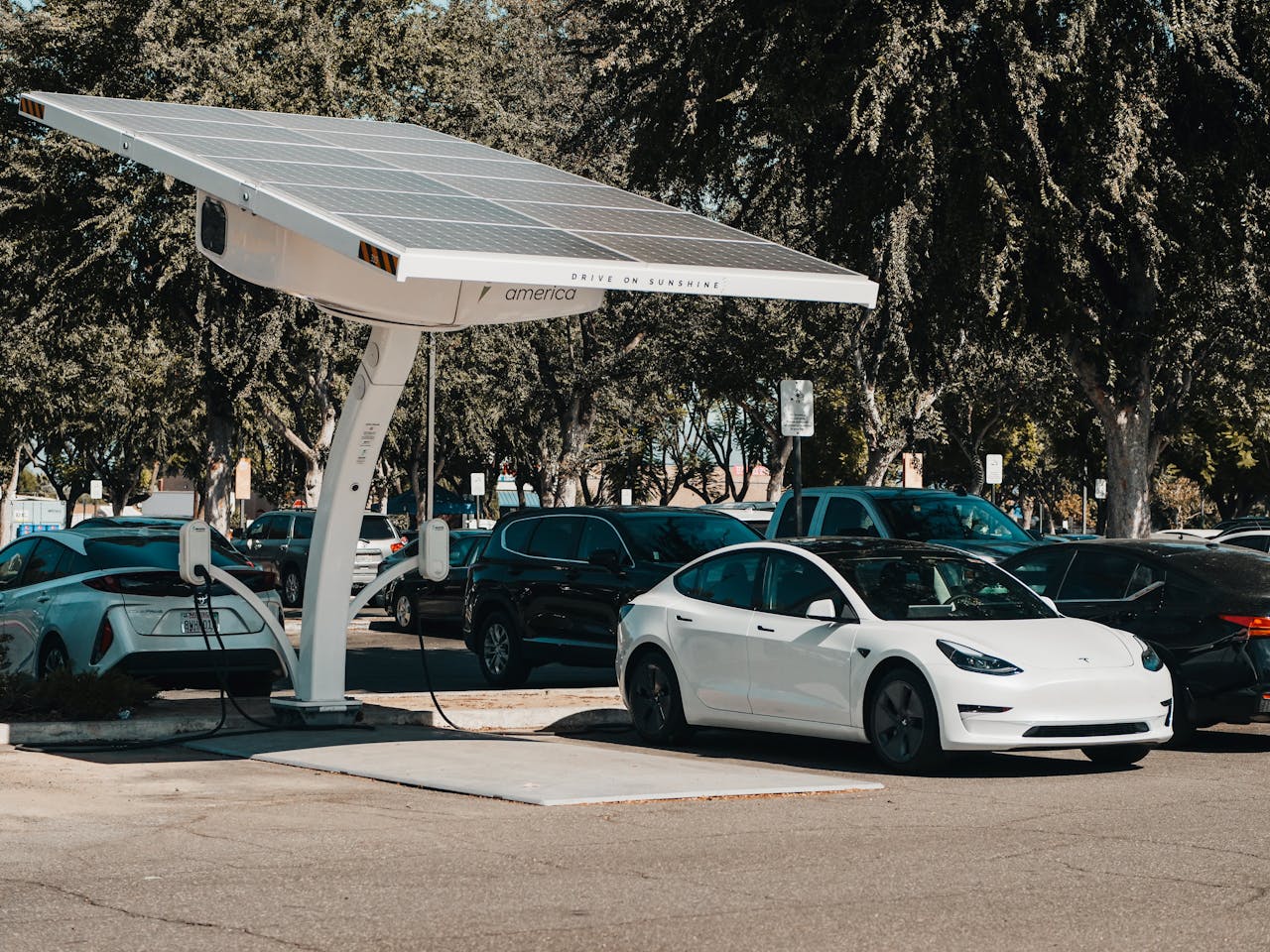Used Tesla Buying Guide 2025: How to Verify FSD and Battery Health
Buying a used Tesla isn’t like buying any other used car—and in 2025, the stakes are higher than ever. With Full Self-Driving (FSD) now commanding up to $12,000+ in software value and battery replacement costs reaching $15,000 to $22,000, not knowing what you’re getting could mean a five-figure mistake. So how do you make sure you’re getting what you paid for?
Let’s walk through the two most important things to verify when buying a used Tesla in 2025: the FSD status and battery health.
Step 1: Confirming FSD Ownership — Don’t Trust the Sticker
Many sellers advertise “FSD included” on listings. But unless the software license is tied to the VIN, it may not transfer with the car.
How to Verify FSD:
- Check in the Car’s Menu:
Go to Controls > Software > Additional Vehicle Information. If “Full Self-Driving Capability” is listed, it’s active. - Use the Tesla App (If You Have Access):
FSD should appear as an option under software upgrades if not activated. - Ask the Seller for a Screenshot:
A screenshot of the in-car software menu showing FSD status is a reasonable request. - Be Aware of Transfer Limitations:
As of Tesla’s 2023–2024 software policy, FSD does not transfer to new owners unless Tesla is running a specific promotion (like the brief 2023 “FSD Transfer” campaign for owners buying a new Tesla).
⚠️ Beware: Some third-party sellers or private owners may mislead buyers by claiming FSD is included, when in fact it’s only available through subscription or not transferable.
Step 2: Battery Health — The Silent Depreciator
Tesla batteries age well—but not forever. Even though many Teslas still retain 80%+ capacity after 150,000 miles, performance and charging speeds can degrade subtly.
How to Check Battery Health on a Used Tesla:
- Use Third-Party Diagnostic Tools:
Tools like Scan My Tesla, TesLAX, or StatsApp (iOS) can access real-time battery data, including:- State of Health (SOH)
- Charging cycles
- Peak voltage balance between modules
- Request a Recent Supercharging Speed Test:
Ask the seller to demonstrate supercharging speeds. Slow charging (e.g., <80 kW on a V3 charger) can hint at battery wear or throttling. - Review Range at 100% Charge:
A 2025 Model 3 Long Range should show 330–350 miles at full charge if the battery is healthy. If it’s significantly less, degradation is likely. - Check for Battery Warranty:
- Tesla’s standard warranty covers 8 years or 100,000–150,000 miles (depending on model) against battery failure.
- If the used car is still under warranty, this adds safety. But note: capacity loss is not covered unless it dips below 70%.
Pro Tip: Use Tesla’s Service History (If Available)
If the previous owner had service performed at Tesla, request the maintenance record. Some versions include battery diagnostics, warranty repairs, and software upgrades that clarify the vehicle’s true condition.
FSD vs. Subscription in 2025: Should You Even Care?
As of 2025, FSD is:
- $12,000 for a one-time purchase
- $199/month for subscription
If you’re buying a used Tesla without FSD, ask yourself: Would a subscription be cheaper for your needs? If you only want to test it or plan to sell in 2 years, a subscription might be smarter than insisting on a car with permanent FSD.
Final Checklist Before You Buy
| Item | Recommended Action |
|---|---|
| Full Self-Driving (FSD) | Check in-car software menu, confirm via VIN |
| Battery Health | Use apps to get SOH, test supercharging speed |
| Warranty Status | Confirm battery and drivetrain coverage by VIN |
| Vehicle History | Look for service history or Tesla service invoices |
| Charging Speed | Test V3 charger performance, should reach >200kW |
Wrapping Up: Trust But Verify
Buying a used Tesla in 2025 is a smart move—but only if you verify what software and hardware you’re actually getting. With Tesla’s tight integration of software features like FSD into resale value, and battery performance being the heart of the driving experience, don’t let assumptions cost you thousands.
If you’re unsure, schedule an inspection with a Tesla-certified technician or mobile mechanic who specializes in EVs. It could be the best $200 you spend this ye
Related Topics You May Like:
- How to Transfer Tesla FSD Between Owners (2025)
- How to Activate Tesla FSD(Full Self-Driving) via the Tesla App in 2025
- How to Verify Used Tesla FSD Status When Buying a Used Tesla in 2025
- FSD Subscription vs Purchase: Which Is More Worth It in 2025?
Found this guide helpful?
Share it with fellow Tesla buyers or drop a comment below if you’ve had a FSD ownership surprise. Let’s make the used EV market more transparent.



